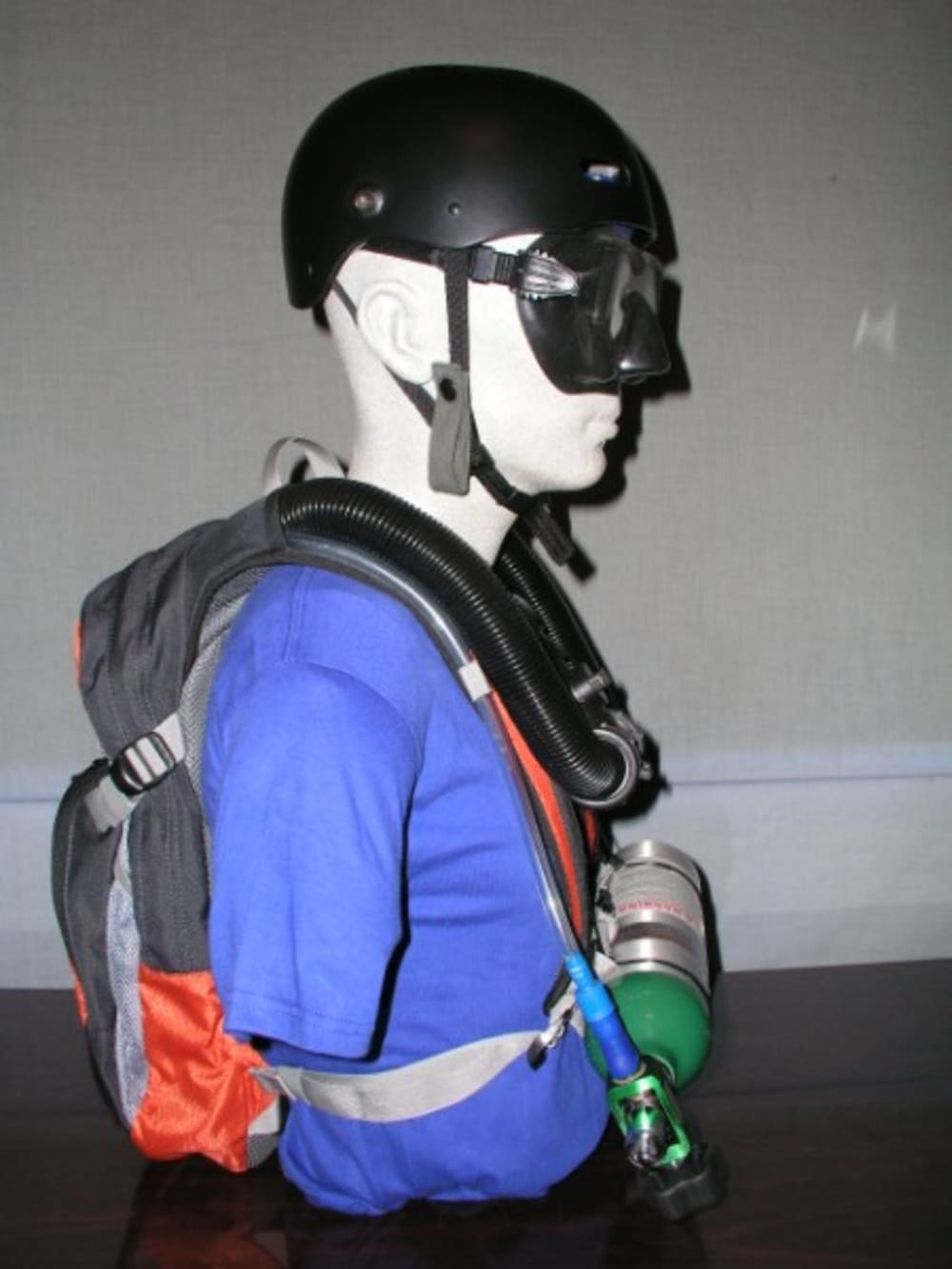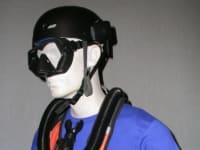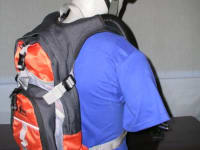My idea: an Ultralight SCUBA Diving Device or C.U.B.A. -- for Compact Ultralight Breathing Apparatus. It's essentially a low-tech, no frills, pure oxygen Recreational Rebreather for shallow water diving on vacations. SCUBA diving rigs are heavy, bulky, complicated, expensive and waste about 95% of their compressed breathing gas. SCUBA uses compressed air consisting of approximately 78% Nitrogen which is unusable, and of the remaining 21% (Oxygen), only 1/5 is used by the diver before being exhaled. SCUBA rigs are also too bulky and heavy to be taken as carry-on luggage when traveling on airlines.
My simple pure oxygen recreational rebreather, however, is compact, lightweight, capable of flying as carry-on luggage when vacationing, and easy to use. SCUBA is designed for diving (60-120ft deep) from a boat (another expense and time wasted), and you only have 15-20 minutes of bottom time before you're out of air. Most beach vacation diving areas are less than 20 feet deep so dragging a 60-85 lb. SCUBA rig over a hundred yards of sand just to dive for a few minutes, is a big hassle. A pure oxygen rebreather would be a better choice, weighs about 10-12 lbs, uses a lightweight aluminum cylinder of medical oxygen, and carries 100% breathable gas allowing you to dive for several hours in the shallow beach waters. Rebreathers are more efficient because they recycle each breath many times, extracting all the available oxygen, removing exhaled CO2 via a simple soda-lime scrubbing canister, and the diver emits no bubbles (unlike SCUBA), which scares away colorful reef fish. Underwater vacation photos with lots of colorful fish are another reason for using a rebreather as opposed to SCUBA.
With aging baby-boomers becoming seniors, there's another huge market for lightweight oxygen rebreathers. Because of knee and hip replacements, many otherwise healthy seniors would be unable to enjoy diving, simply because of the weight and bulk of standard SCUBA equipment. These folks would be especially interested in shallow water, close to shore diving venues. Conservative estimates show we could double the number of people diving, if gear was lightweight and compact. Not to mention allowing those with other disabilities the chance to dive, which SCUBA prohibits.
Manufacturing cost for a recreational rebreather could be kept low, because they could be assembled from readily available off-the-shelf components. My rebreather uses a standard medical oxygen cylinder as a tank and a hikers hydration backpack to hold the CO2 scrubber. A set of standard double hoses lead to the water bladder which acts as a counter lung for recycling the divers breaths. A simple depth gauge with audible alarm keeps the diver from exceeding the safe pure oxygen 20 ft. depth limit. Using a standard prepacked medical SodaSorb cartridge for CO2 removal eliminates most of the risks involved in using a recreational rebreather. Training and certification would be required of course just like standard SCUBA. The photos are of my device as I presently dive it. Please vote for it, if you like my design.
Like this entry?
-
About the Entrant
- Name:Jack Coulter
- Type of entry:individual
- Software used for this entry:none
- Patent status:none








